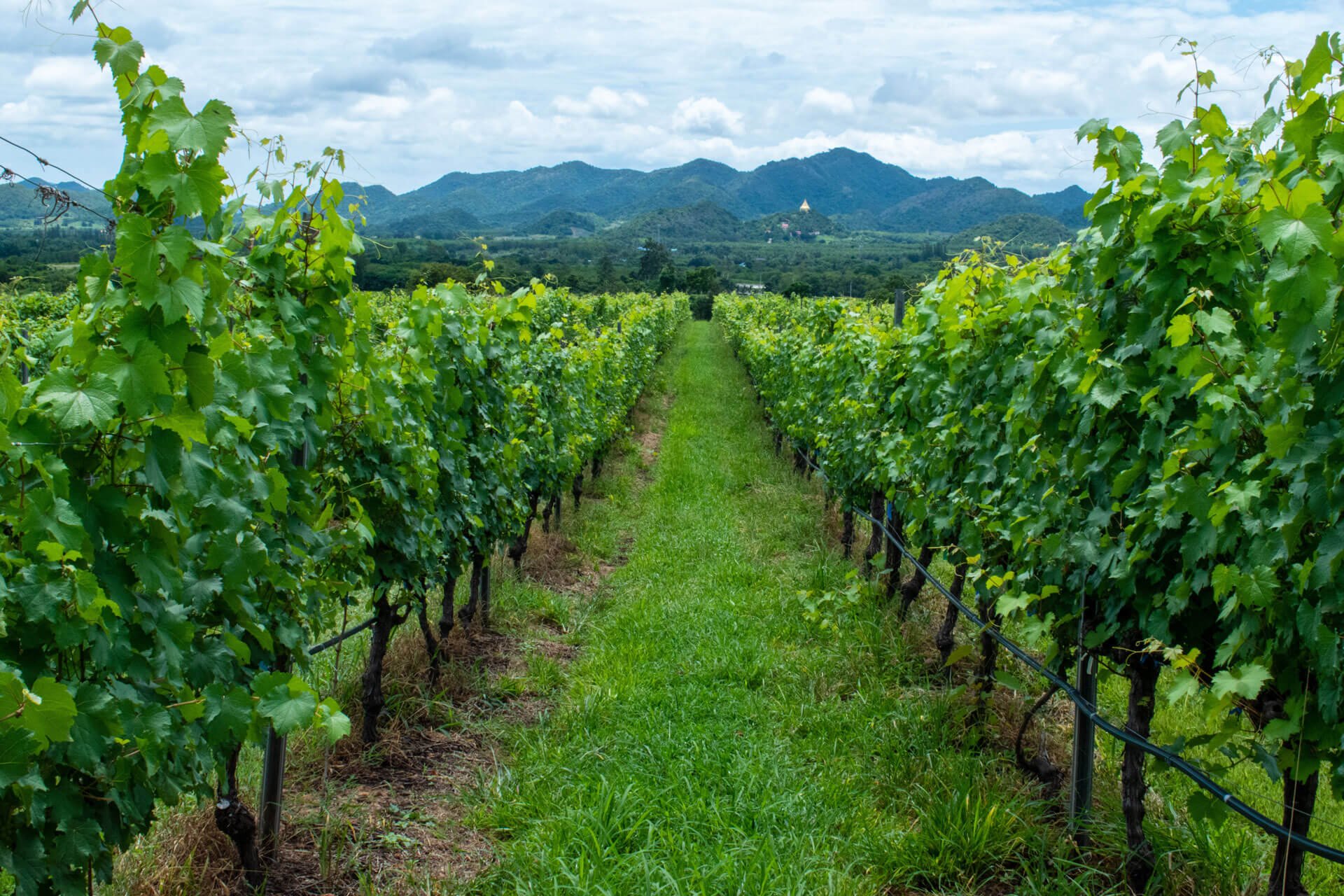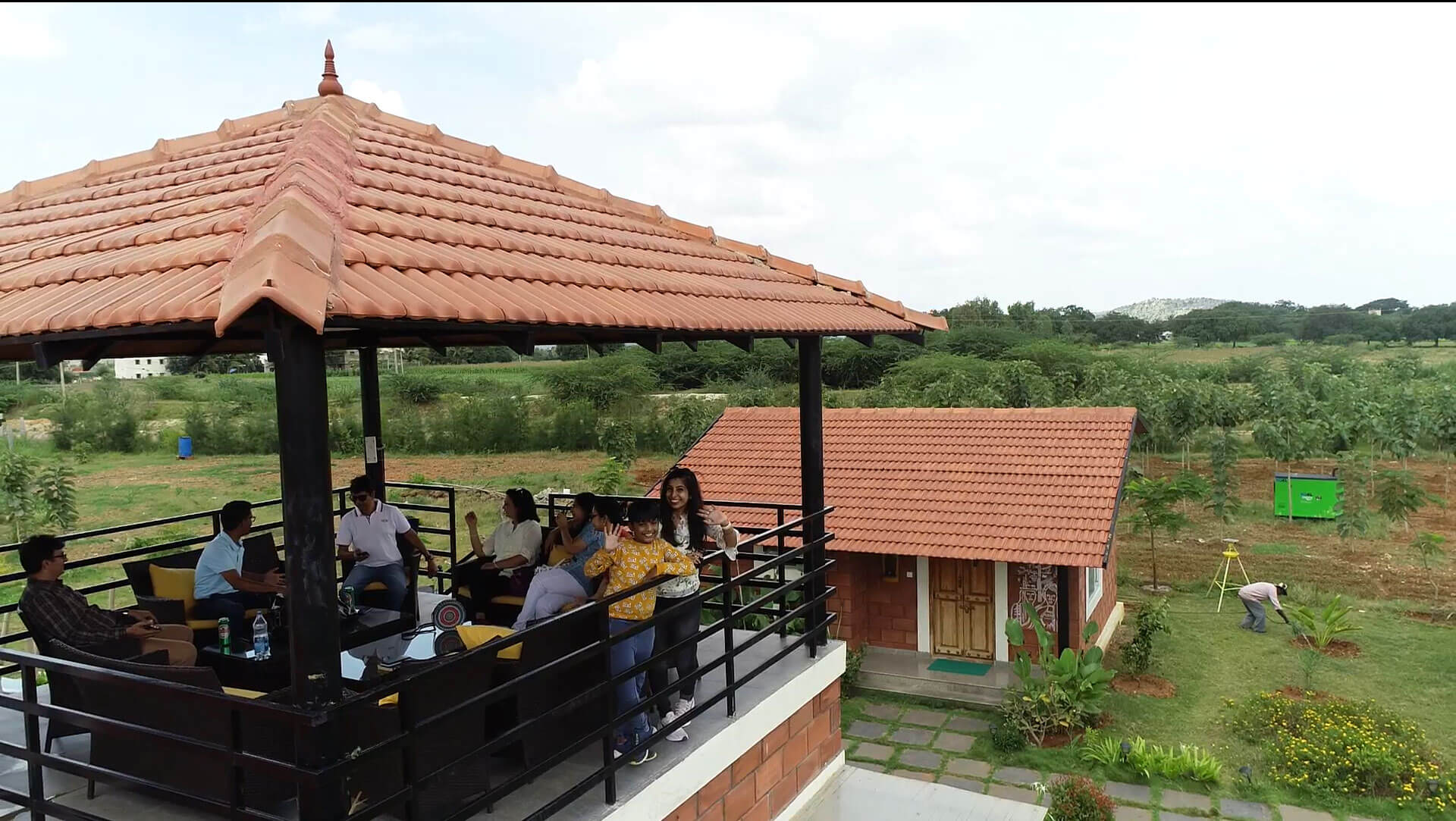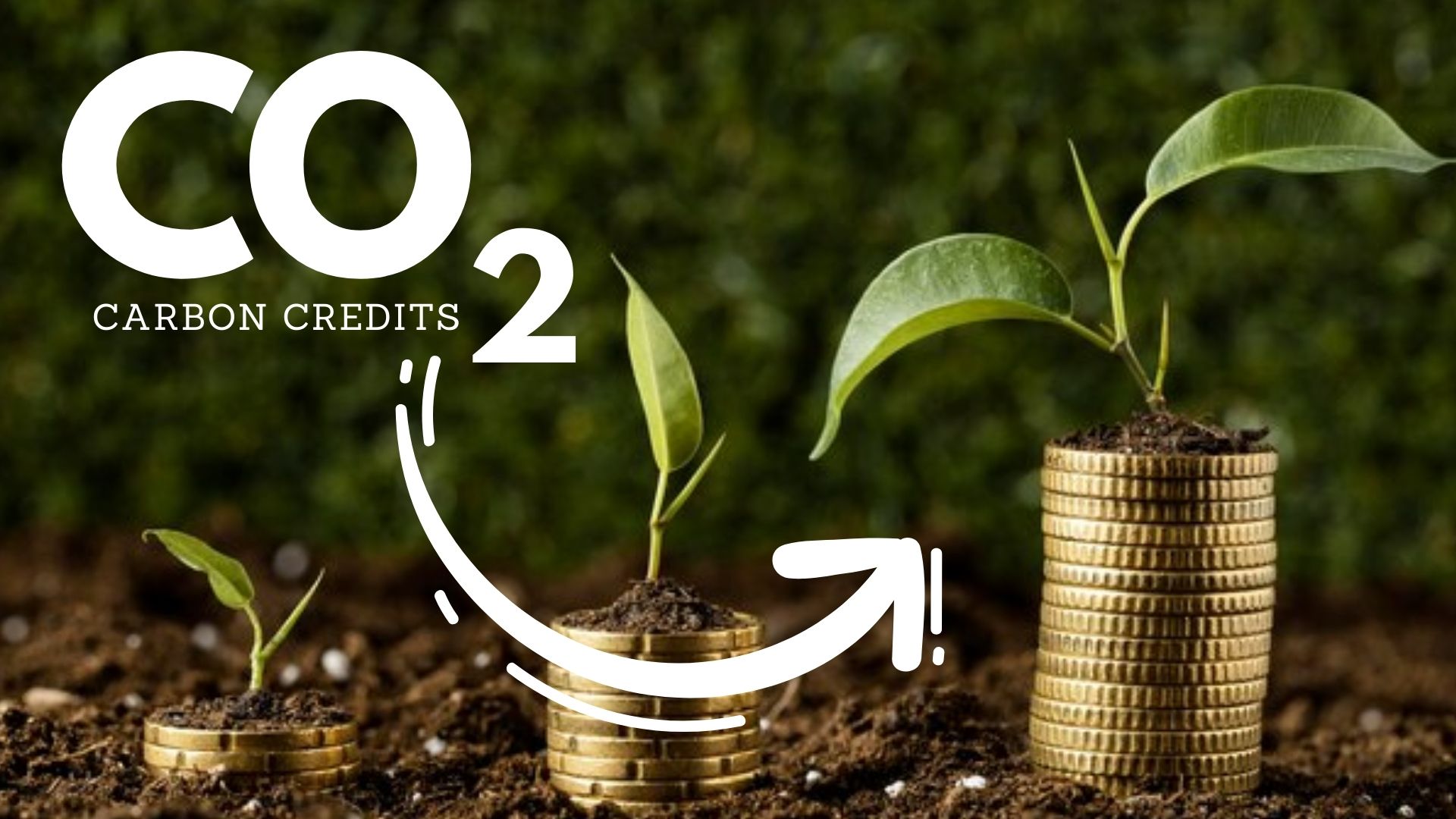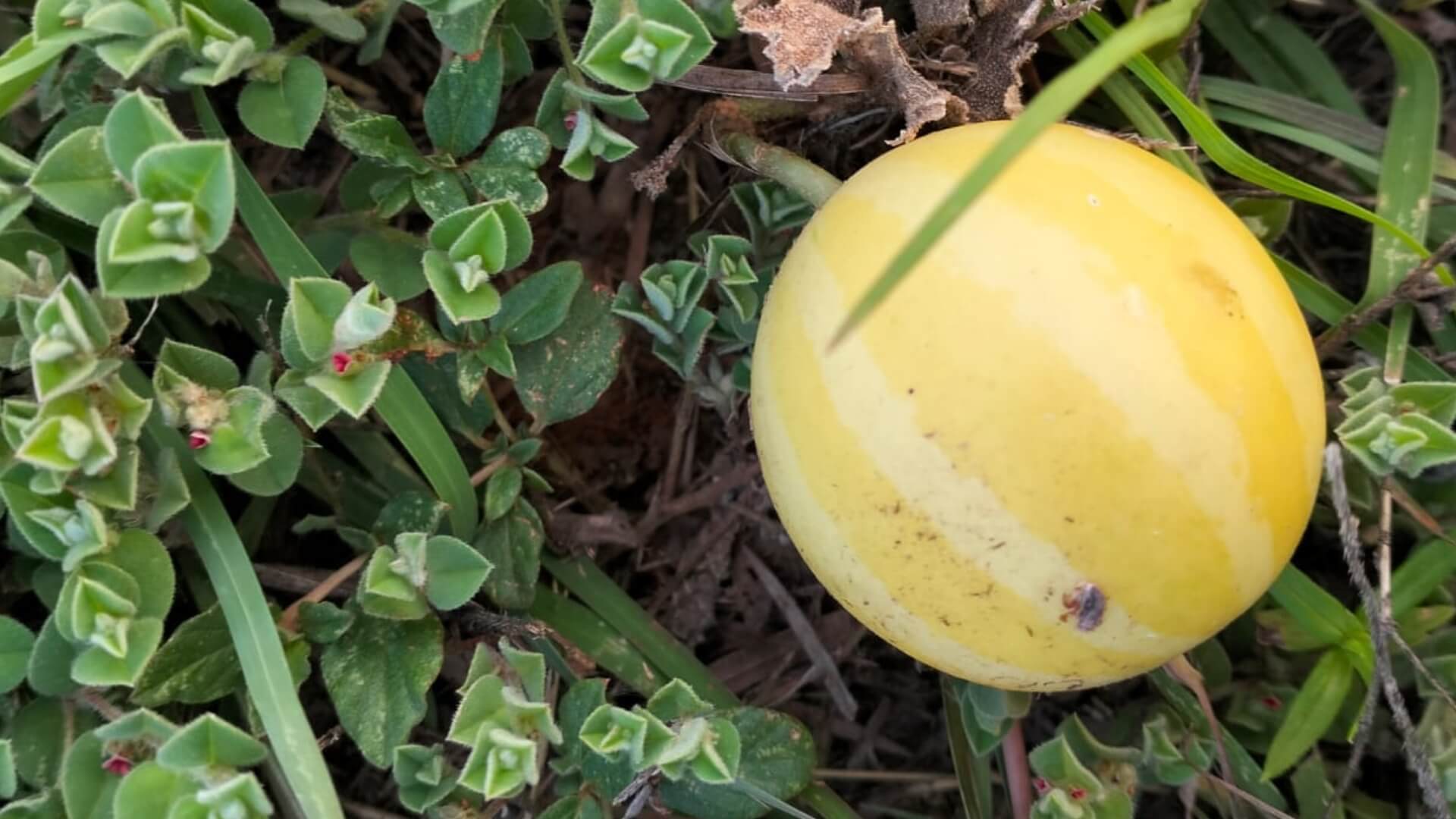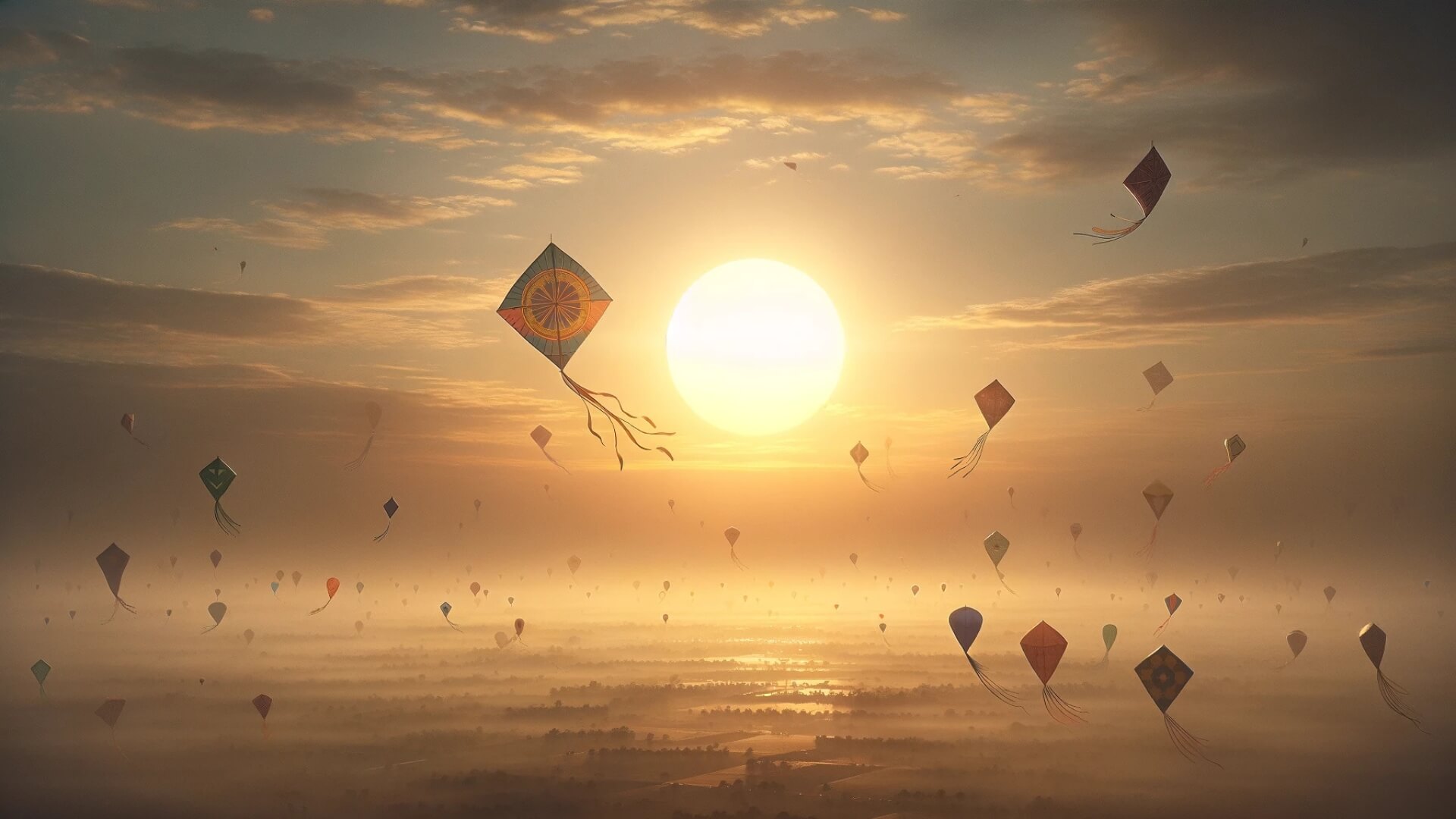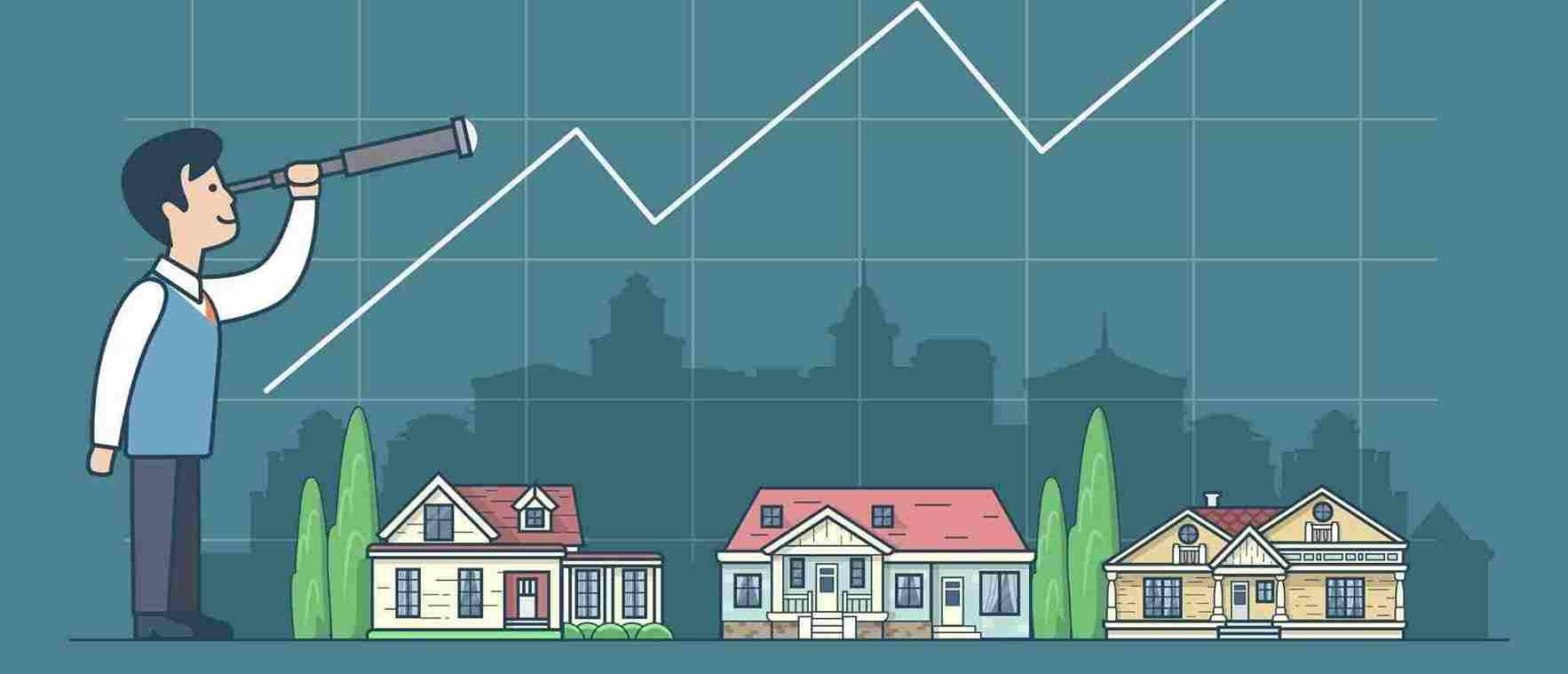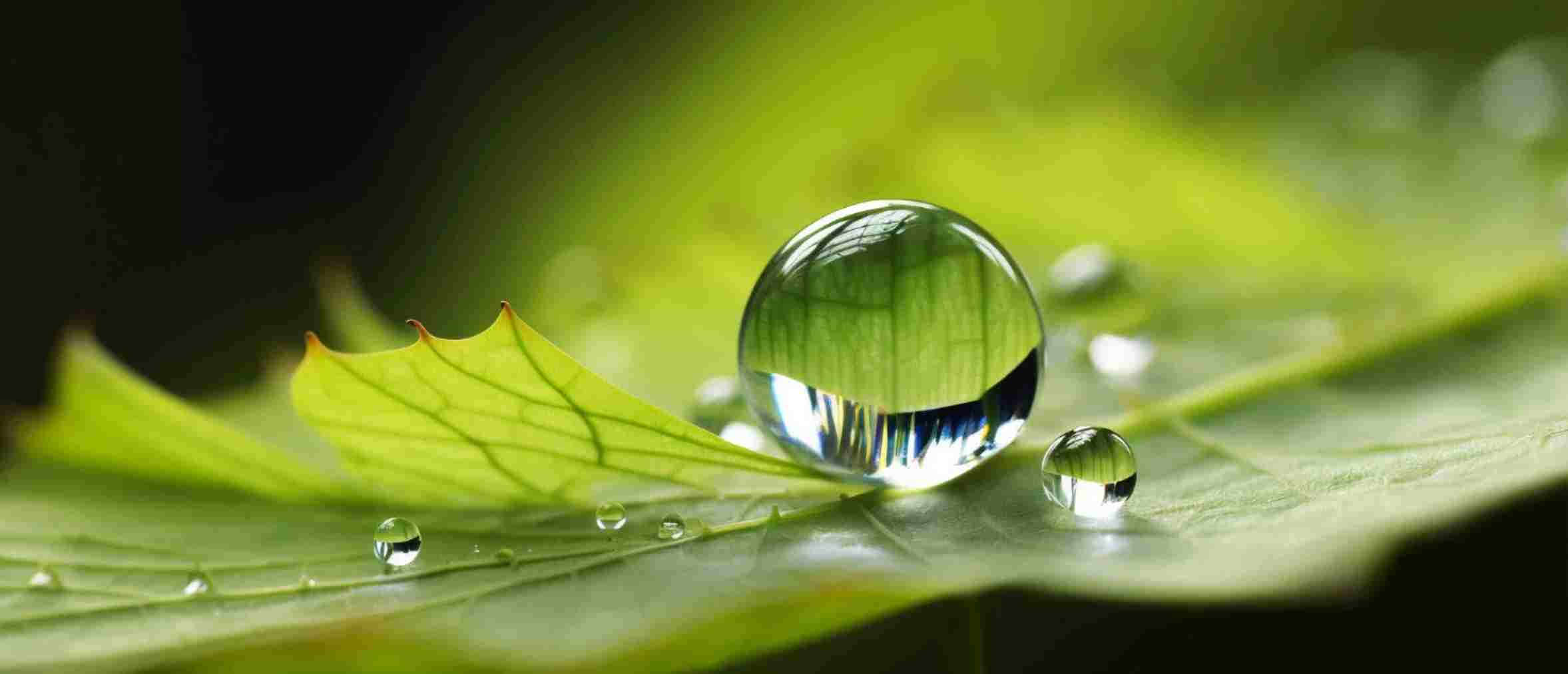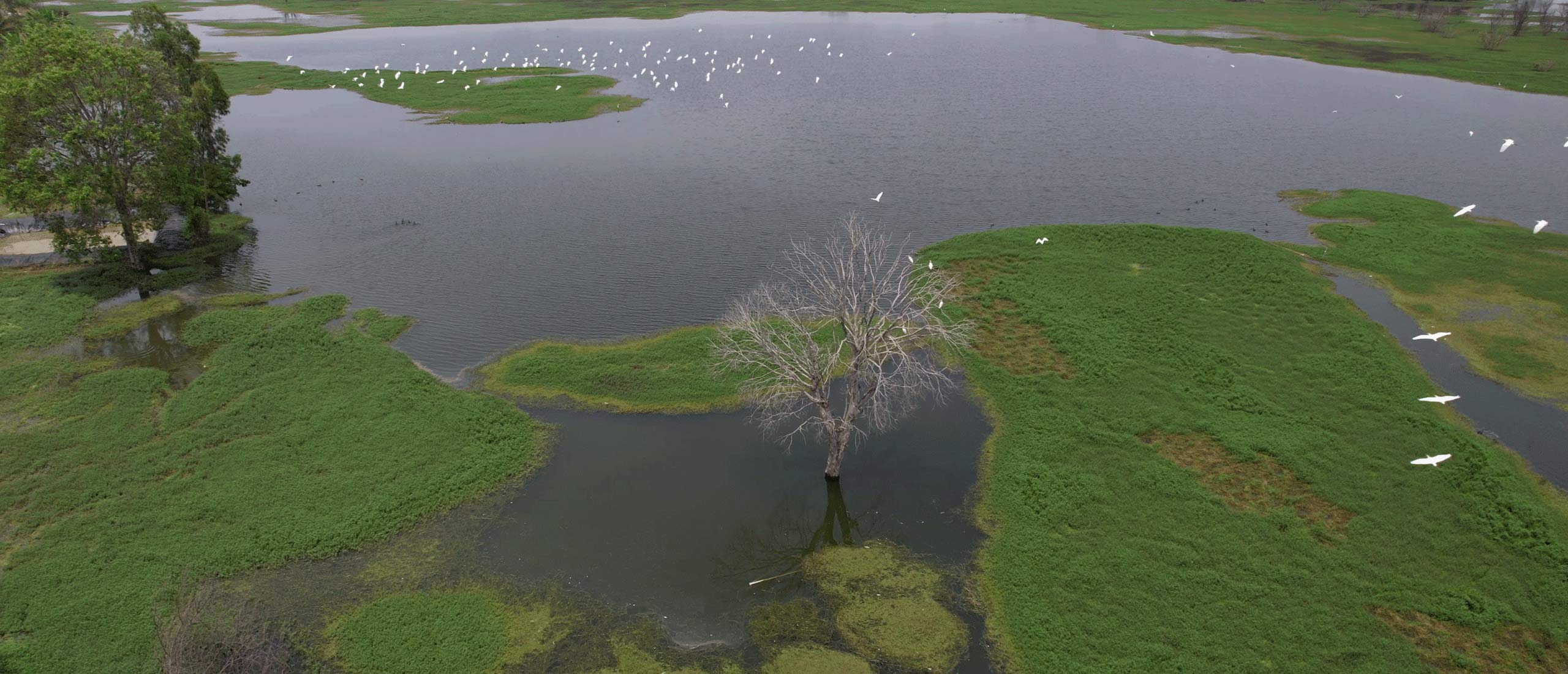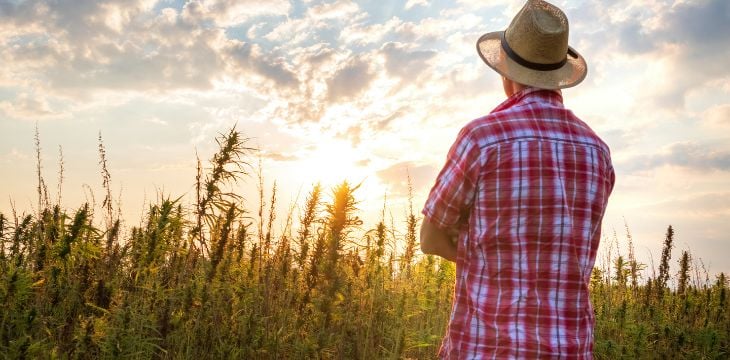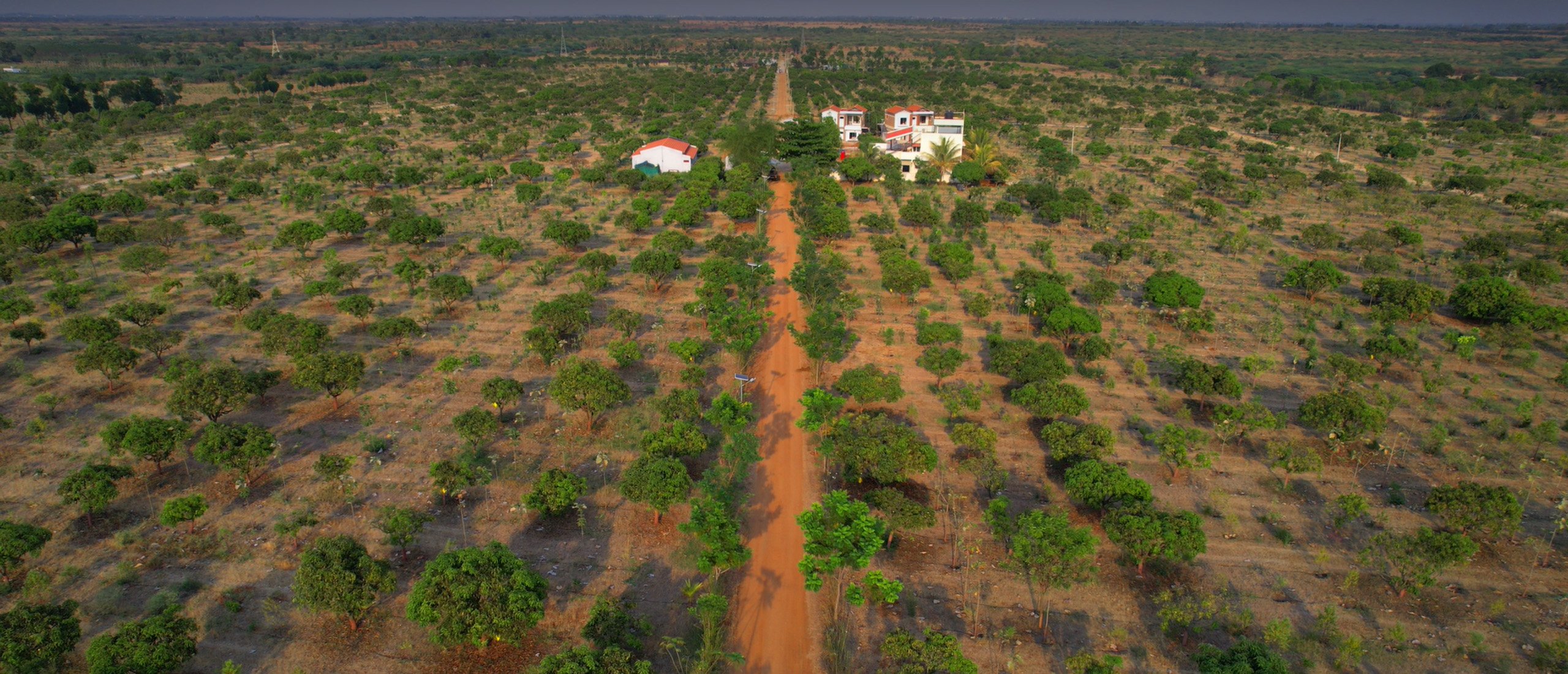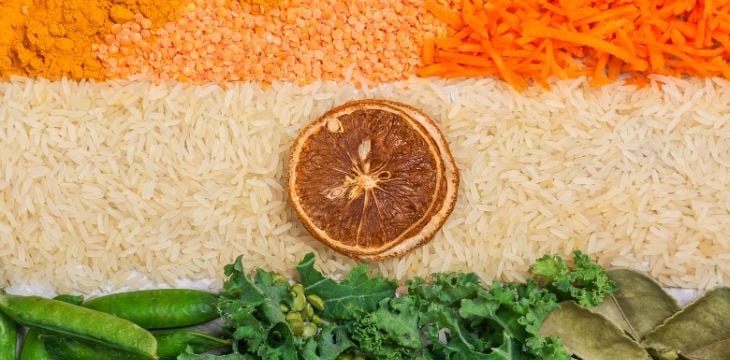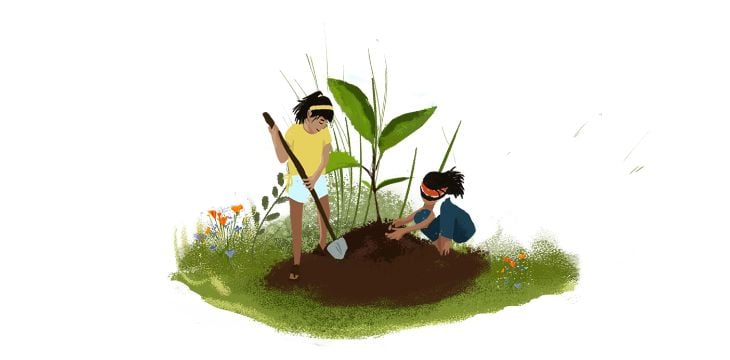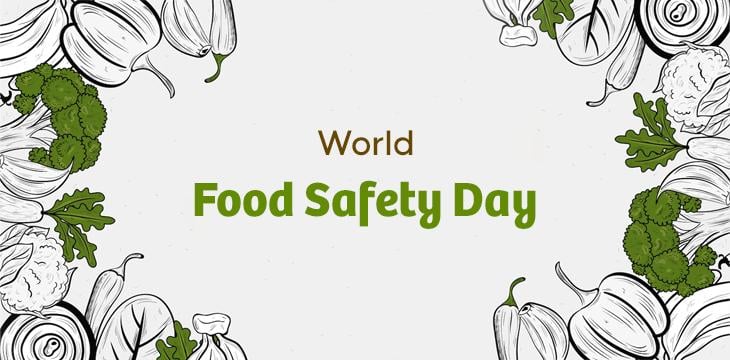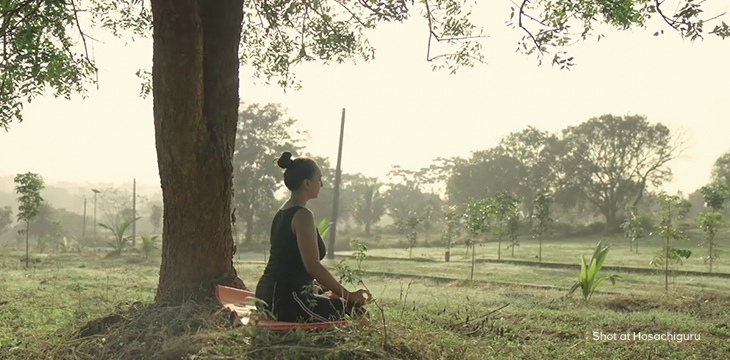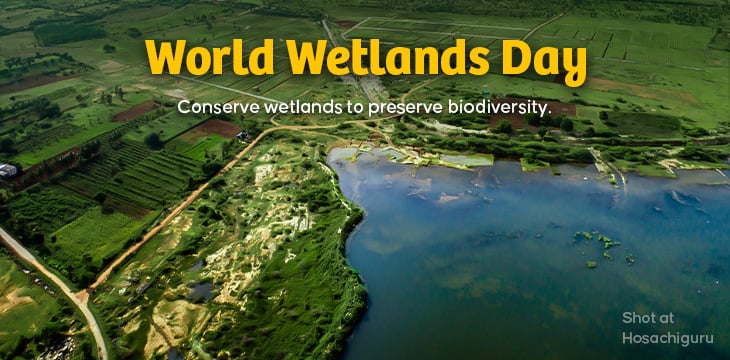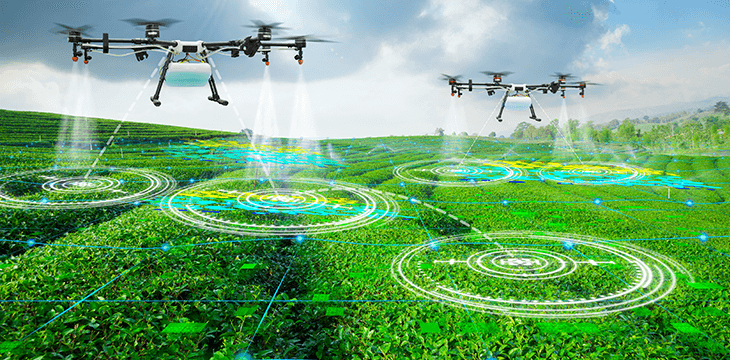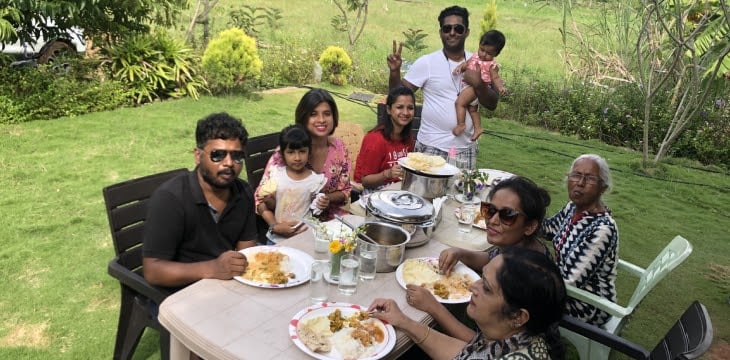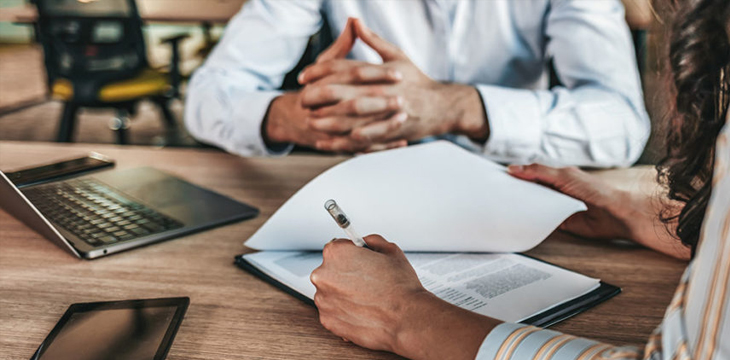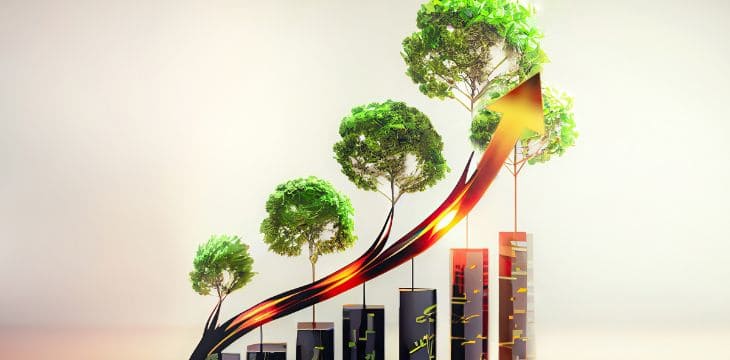August 18, 2023
Author – Srininvas Abhilash
Introduction
The Sustainable Development Goals (SDGs) are 17 global objectives set by the UN to tackle challenges like poverty, inequality, and climate change by 2030. They guide efforts for a better world through goals like education, gender equality, and clean energy. Every citizen and organization should be aware of and support the SDGs to drive positive change, innovation, and a sustainable future. It’s a collective path toward a more equitable and resilient society.
As the climate crisis gets worse, humanity has to make big choices. We need new and smart solutions. Regenerative Farming driven by Permaculture ethics and principles is like a light of hope. It connects taking care of nature with solving tough problems.
United Nations Sustainable Development Goals
The United Nations (UN) has established a set of Sustainable Development Goals (SDGs) to address global challenges and promote a more equitable and sustainable world. These goals aim to eradicate poverty, protect the planet, and ensure prosperity for all. There are 17 SDGs in total:
- No Poverty: End poverty in all its forms and ensure equal rights and opportunities.
- Zero Hunger: Achieve food security, improve nutrition, and promote sustainable agriculture.
- Good Health and Well-being: Ensure healthy lives and well-being for all at all ages.
- Quality Education: Ensure inclusive and equitable education and promote lifelong learning opportunities.
- Gender Equality: Achieve gender equality and empower all women and girls.
- Clean Water and Sanitation: Ensure availability and sustainable management of water and sanitation for all.
- Affordable and Clean Energy: Ensure access to affordable, reliable, sustainable, and modern energy for all.
- Decent Work and Economic Growth: Promote sustained, inclusive, and sustainable economic growth, full and productive employment, and decent work for all.
- Industry, Innovation, and Infrastructure: Build resilient infrastructure, promote inclusive and sustainable industrialization, and foster innovation.
- Reduced Inequality: Reduce inequality within and among countries.
- Sustainable Cities and Communities: Make cities and human settlements inclusive, safe, resilient, and sustainable.
- Responsible Consumption and Production: Ensure sustainable consumption and production patterns.
- Climate Action: Take urgent action to combat climate change and its impacts.
- Life Below Water: Conserve and sustainably use the oceans, seas, and marine resources for sustainable development.
- Life on Land: Protect, restore, and promote sustainable use of terrestrial ecosystems, sustainably manage forests, combat desertification, and halt and reverse land degradation and biodiversity loss.
- Peace and Justice Strong Institutions: Promote peaceful and inclusive societies for sustainable development, provide access to justice for all, and build effective, accountable, and inclusive institutions at all levels.
- Partnerships to achieve the Goal: Strengthen the means of implementation and revitalize the global partnership for sustainable development.
These goals collectively represent a comprehensive framework for addressing critical global issues and promoting a more just, sustainable, and prosperous future for all people and the planet.
Mitigating the effects of Climate Change through Agroforests and Food Forests
Creating food forests and agroforests through Regenerative Farming, particularly using Permaculture principles, can significantly address climate change by acting as carbon sinks, replenishing groundwater, and boosting soil fertility.
Carbon Sinks: Food forests and agroforests have diverse plant layers (trees, shrubs, herbs, ground covers), sequestering carbon via photosynthesis, and storing it in biomass and soil. Unlike monoculture farming, regenerative agroforestry traps more carbon, countering the greenhouse effect, a key climate change factor.
Groundwater Recharge: In food forests and agroforests, tree, and plant roots prevent erosion, retain water, and slowly release rainwater to recharge groundwater, vital for areas with shifting climate-induced water scarcity.
Soil Fertility: Permaculture food forests prioritize soil health via no-till, cover crops, and organic methods, boosting fertility, moisture retention, and plant resilience while reducing synthetic inputs’ harm.
Biodiversity and Ecosystem Services: Food forests and agroforests encourage the integration of various species, creating a balanced ecosystem that can mimic natural forests. This promotes biodiversity and strengthens ecosystem services like pollination, pest control, and nutrient cycling. As climate change disrupts traditional ecosystems, these diverse and resilient systems offer a buffer against its impacts.
Local Food Security: By diversifying agricultural production, food forests and agroforests can enhance local food security. These systems provide a variety of crops, fruits, and nuts, reducing dependence on single crops and external sources. This is especially important in the face of climate-related disruptions to global food supply chains.
Community Engagement and Education: Implementing food forests and agroforests can engage local communities, fostering a deeper connection to the land and an understanding of ecological interdependencies. This awareness can lead to sustainable land management practices and support broader efforts to mitigate climate change.
Embracing Regenerative Farming via Permaculture-based food forests and agroforests offers a holistic solution to the climate crisis. These systems sequester carbon, recharge groundwater, enhance soil fertility, promote biodiversity, and ensure food security, fostering resilience and sustainability. Amidst global climate challenges, adopting these practices is a pivotal stride toward a better future.
Aligning Hosachiguru’s Work and Co-Farmers with UN’s SDGs
At Hosachiguru, we’re not just cultivating land; we’re cultivating a future that aligns seamlessly with the United Nations’ Sustainable Development Goals (SDGs), creating a harmonious symphony between our co-farmers and these global objectives.
SDG 2: Nourishing Zero Hunger
Step onto our co-farmers’ lands, and you’ll witness a transformation that goes beyond sustenance. Lush food forests and vibrant agroforests are lovingly tended by our co-farmers. These bountiful ecosystems don’t just yield nutritious fruits and vegetables; they’re the embodiment of food security and self-sufficiency. With each heirloom harvest, the community takes a step closer to reducing per capita consumption and curbing food waste. Nutrient-rich, clean produce becomes a way of life, embodying the adage “Less is More” in the most delectable manner.
SDG 3: Good Health and Well-being
Investing in Hosachiguru Managed Farmlands aligns with SDG 3 (Good Health and Well-being). Co-farmers connect with nature, promoting their own well-being and that of their families. By nurturing the land, they receive fresh produce weekly, fostering a sustainable ecosystem. This investment ensures lasting health benefits for current and future generations, emphasizing the connection between nature, health, and SDG 3.
SDG 6: A Wave of Pure Waters
SDG 6, “Clean Water and Sanitation,” is embraced wholeheartedly through Hosachiguru’s sustainable practices. Water, akin to lifeblood, is meticulously managed, flowing in a balanced rhythm. Utilizing smart sensors, drip irrigation is employed with care, ensuring efficient water usage. Techniques, like mulching preserves soil moisture, wetlands, and river areas, are restored, and water waste is minimized. Swales, contouring, and rainwater collection techniques facilitate judicious water management, reducing the need for external water sources and fostering a self-sustaining water cycle on the farm
SDG 8: Decent Work and Economic Growth
SDG 8 focuses on fostering economic growth, decent work, and full employment. At Hosachiguru Managed Farmlands, men and women from nearby villages engage in tasks like plant care and land management. Without these opportunities, they might have sought employment in cities, leaving their families. By providing jobs to locals, Hosachiguru promotes inclusive growth, employment, and decent work, aligning with SDG 8. Co-farmers investing in Hosachiguru directly better the lives of locals, curbing migration and supporting SDG 8’s objectives.
SD11 – Sustainable Cities and Communities
SDG 11 focuses on creating sustainable cities and communities. Hosachiguru Managed Farmlands plays a role in this by promoting a sustainable ecosystem through various means, such as webinars that encourage people to join a community centered around clean farming practices. Co-farmers who invest in Hosachiguru’s managed farmlands become part of this sustainable community, bonding with like-minded individuals who value holistic living and sustainability. By engaging in agriculture with Hosachiguru, co-farmers support local farmers and contribute to a thriving community. Being a part of this community means growing your food and collaborating to build stronger, interconnected communities through agriculture. Investing in Hosachiguru’s managed land means joining a community committed to sustainability and regenerative farming, benefiting both the ecosystem and the supply chain. In essence, the efforts of co-farmers at Hosachiguru align with SDG 11 by fostering sustainable communities and practices within the context of managed farmlands.
SDG 12: The Symphony of Sustainability
SDG 12, “Responsible Consumption and Production,” finds its embodiment in the activities executed by Hosachiguru who cultivate heirloom seeds, epitomizing sustainable consumption and production. The cycle of nurturing the land with time-honored seeds begets flavorful harvests, embodying responsible stewardship and the principle of “Less is More.”
Innovative concoctions like Agniastra, Neemastra, and Bhramastra for pest management which are preventive sprays, alongside fertility boosters like Jeevamrutha, all made from the ingredients on the farm, showcase commendable practices of responsible consumption and production.
SDG 13: Dancing with Climate Action
Amidst the lush food forests and agroforests at Hosachiguru, a captivating climate ballet unfolds, aligned with SDG 13, “Climate Action.” Through diligent seed-sowing and dedicated tree care, co-farmers contribute to combating climate change. These dynamic ecosystems not only store carbon but also provide sanctuary to diverse life forms, safeguarding biodiversity and standing as a potent tool for a sustainable planet.
SDG 15: Life on Land
SDG 15, “Life on Land,” is vividly realized in the flourishing biodiversity and balanced ecosystems of Hosachiguru’s food and agroforests. Permaculture principles are embraced across wild spaces and water’s edge, utilizing indigenous seeds and restoring wetlands. The land awakens, teeming with life as birds and wildflowers flourish, responding to the attentive care it receives.
Conclusion
In a world driven by a vision for a better future, Hosachiguru and its co-farmers stand as exemplars of alignment with the Sustainable Development Goals. Through collective efforts, we are able to nurture the land, foster well-being, promote economic growth, build sustainable communities, and champion responsible consumption and production.
At Hosachiguru, the earth isn’t just a canvas; it’s our shared masterpiece, painted with the colors of sustainability, resilience, and hope. With each seed, each leaf, and every drop saved, we stand together with the global community, resonating with the harmonious goals of sustainable development.
